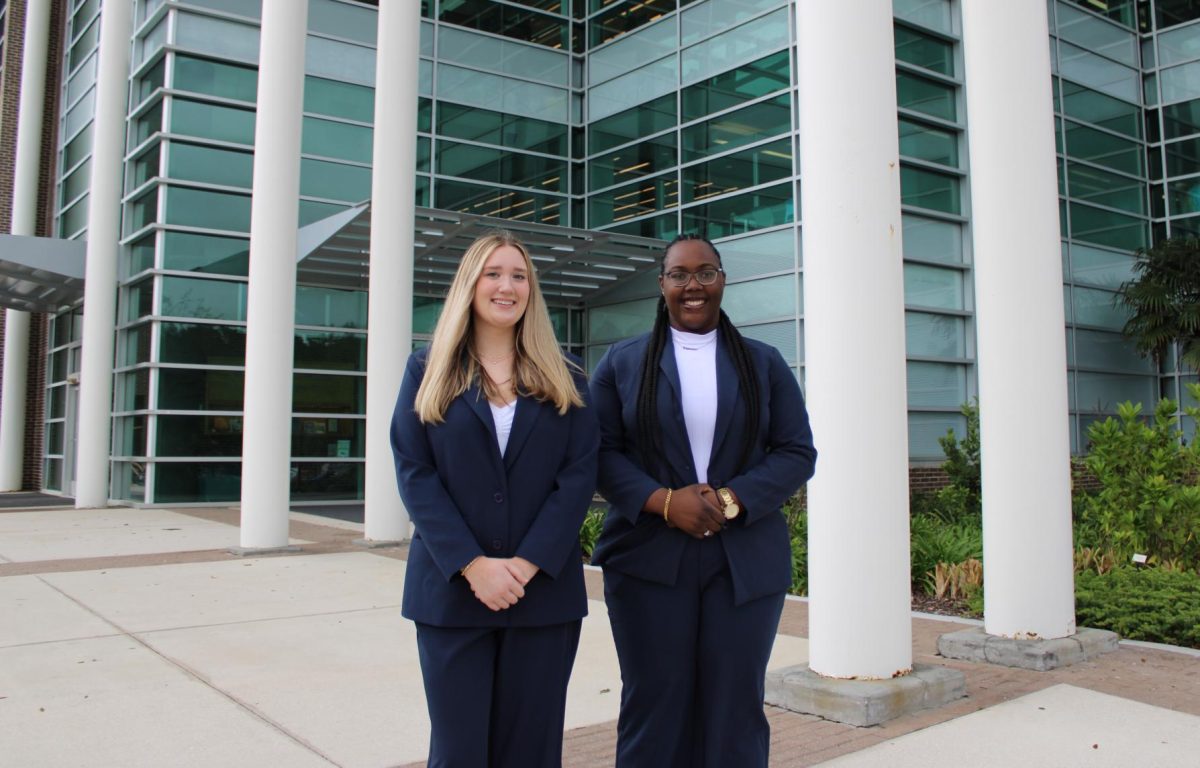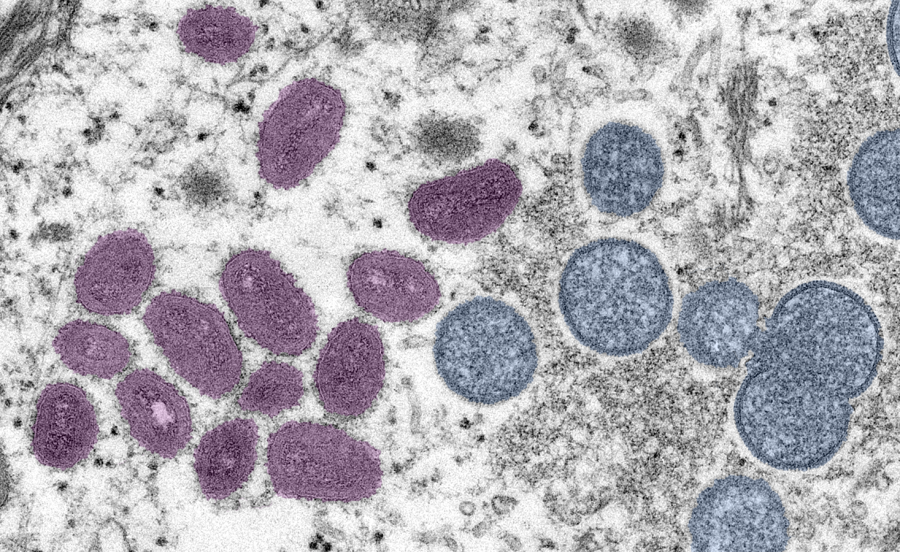In sharp contrast to the baby boomers’ preferred mind-tweakers – marijuana and LSD – generations X and Y are partial toward what comes in a translucent-orange cylinder and can be purchased at the local pharmacy.
The source of today’s generation’s drug-of-choice has transitioned into sunny suburbia. It sits inside the medicine cabinets of the likes of June and Ward Cleaver, is most likely covered by a medical insurance plan, and is ending up in the hands of naïve teens seeking easy-access thrills.
Stimulants, tranquilizers and painkillers are the drugs often abused today.
Every day 2,500 teens abuse a painkiller for the very first time, according to the White House Office of National Drug Control Police.
 College students are turning to prescription drugs more often today because they might affect the students’ ability to function less than illicit drugs, UNF Police Chief John Dean said.
College students are turning to prescription drugs more often today because they might affect the students’ ability to function less than illicit drugs, UNF Police Chief John Dean said.
“It’s the case of college students not being able to function academically for the most part on hard street drugs, but some prescription drugs they can,” Dean said. “We have conducted two undercover operations in the past two years with numerous arrests.”
During the last few decades, the number of college students abusing prescription medication has skyrocketed.
Researchers with the Community Epidemiology Work Group concluded in a mid-1980s study that approximately 400,000 young adults and teens abused prescription painkillers like OxyContin and Vicodin. Today those ranks of young abusers, ages 12 to 25, have swollen to more than 2 million users, according to the National Institute on Drug Abuse.
“It is all too common that a physician will over-prescribe without much discretion or prescribe for the sole purpose of appeasing the patient, even if addictive or reckless behavior has been noted,” Jacksonville area physician Anthony Martinez said.
The three classes of commonly abused prescription drugs consist of painkillers, depressants and
stimulants, according to the Office of National Drug Control Policy.
When consumed properly, these substances are relatively low-risk and beneficial for a range of illnesses, Martinez said. But when they are used recreationally, addictions or death can commonly result.
Nationwide unintentional poisoning deaths involving narcotics and hallucinogens grew 55 percent from 1999 to 2004, according to the Centers for Disease Control. The CDC also reported an 84 percent growth from 1999 to 2004 in unintentional poisoning deaths involving sedative-hypnotics and anti-depressants.
In a 2005 survey by the Partnership for a Drug-Free America, 19 percent of U.S. teenagers, roughly 4.5 million youths, said they had taken prescription painkillers or stimulants to get high.
Another concern is the increasing popularity of combining prescription drugs with other substances.
Nearly 49 percent of teens who abuse prescription painkillers also report use of two or more other drugs, according to a medical research study. They most commonly mix with alcohol and marijuana.
Johns Hopkins University neuroscience graduate and medical researcher Megan Guzman said while many high school and college students commonly combine narcotics with alcohol to intensify their high, many fail to grasp what this actually does to the body.
“The mixing of alcohol and opioids in moderate to significant amounts can easily lead to respiratory depression, severe liver damage and even death,” Guzman said, “Despite appearing to be more orthodox than the usage of street drugs; this practice is no less dangerous if not more.”
Until the 1990s, government drug prevention primarily focused upon obliterating bona fide black-market drugs such as heroin, cocaine, “crack” cocaine, ecstasy and marijuana in urban areas.
Throughout the past decade, the non-medical use of prescription drugs in unsuspecting places has alarmed federal entities such as the Drug Enforcement Administration. In 2001, the DEA responded by announcing a major new anti-drug campaign called the OxyContin Action Plan Agency.
That was in response to a rapid increase in prescription rates, said Ronald Libby, UNF professor of Political Science and Public Administration.
 From 1995 to 2000, OxyContin prescriptions increased by 1,800 percent to 5.8 million per year.
From 1995 to 2000, OxyContin prescriptions increased by 1,800 percent to 5.8 million per year.
OxyContin is just one commonly abused painkiller, but through this drug initiative, the DEA has pinpointed doctors, pharmacists and dentists as the major origin of prescription drug diversion.
Many of these drugs are easy to find in a parent’s medicine cabinet, and psychological studies are
finding that young people believe pilfering the drugs is risk-free compared to obtaining more illicit drugs because of their legitimate sounding physician-prescribed status.
“Back in the hippie days drugs were open; everyone knew that people were doing drugs,” UNF graduate and Duval County elementary school teacher Kelli Jenkins said. “Parents should be way more aware of what their children are doing, but all of this pill-popping doesn’t surprise me.”
Students are using these drugs not only for the sake of getting high, but as an academic vice to strengthen concentration when cramming, dilute anxiety or depression, and in some cases to enhance a student’s stamina when playing sports, according to the U.S Department of Education.
“Even students who may experiment with various drugs recreationally but not habitually will plan ahead for a stressful upcoming paper or exam and will purchase Adderall to give them that boost,” said senior international business student Stephanie Salinas. “After all, we were born on the precipice of the ADD/ADHD age and feel comfortable self-medicating.”
19 Percent
U.S. teenagers said they have taken painkillers to get high.
55 Percent
Growth in unintentional deaths involving narcotics from 1999-2004
84 Percent
Growth in unintentional deaths involving anti-depressants from 1999-2000
E-mail Kimberly Nelson at news@unfspinnaker.com.











